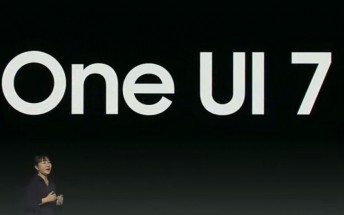Huawei Unveils HarmonyOS Next: A Major Step Forward in OS Innovation

Huawei has just made a significant leap forward in its journey towards technological independence with the launch of HarmonyOS Next. This groundbreaking operating system marks Huawei’s first departure from Android and the Linux kernel, showcasing the company’s determination to forge its own path in the tech industry.
Powering a New Generation of Huawei Devices
HarmonyOS Next is designed to be the beating heart of current and future Huawei devices in China, with plans for a global release on the horizon. The operating system boasts broad compatibility, seamlessly integrating smartphones, wearables, smart home devices, and car cockpits into one cohesive ecosystem.
A Microkernel Based on OpenHarmony
At the core of HarmonyOS Next lies a self-developed microkernel based on the OpenHarmony open-source project. This microkernel architecture enables efficient resource management and smooth interoperability between various device form factors. With the Huawei Ark compiler and Huawei Mobile Services (HMS) in the mix, the stage is set for a rich app ecosystem.
Richard Yu, Chairman of Huawei Consumer Business Group, proudly announced that 15,000 apps and services have already joined the HarmonyOS Next ecosystem, and this number continues to grow. Additionally, previous versions of HarmonyOS have reached an impressive milestone, powering over 1 billion devices worldwide, including smartphones, tablets, smart wearables, and car infotainment systems.
Redefined User Experience with AI-Powered Features
HarmonyOS Next introduces a refreshed visual identity, offering users enhanced customization options for their lock screens and home screens. The redesigned control center, faster animations, and quicker app launch speeds elevate the overall user experience. Additionally, HarmonyOS Next harnesses the power of AI with system-level integration of the Pangu large language model, bringing impressive AI capabilities to Huawei devices.
Enhanced Performance and Seamless Connectivity
Huawei has also achieved notable improvements in device fluency and power efficiency, with a 30% increase in fluency and a 20% reduction in power consumption for communication between software modules. Moreover, Huawei Share 2.0 takes connectivity to the next level, enabling seamless file sharing between devices. Transferring a 1.2GB file between two HarmonyOS Next devices, for example, takes just 8 seconds.
Security has always been a top priority for Huawei, and HarmonyOS Next reinforces this commitment with the introduction of the self-developed Star Shield architecture, providing robust system-level protection. With this comprehensive security measure in place, users can rest assured that their devices and data are safeguarded.
Currently, Huawei is offering a public beta version of HarmonyOS Next to users in China, supporting devices including the Pura 70 series, Huawei Pocket 2, and MatePad Pro 11 (2024). This beta release marks an exciting opportunity for early adopters to experience the innovative features and capabilities of HarmonyOS Next firsthand.
Be sure to check out our related articles, such as Qualcomm Unveils Revolutionary Automotive Chips and Poco M7 Pro 5G: Certified and Coming Soon, for more exciting updates in the world of technology.
With HarmonyOS Next, Huawei has not just taken a bold step forward but has also set a new benchmark for operating systems, challenging the duopoly of Android and iOS. The future of Huawei devices looks brighter than ever, and we can’t wait to see what else the company has in store.




